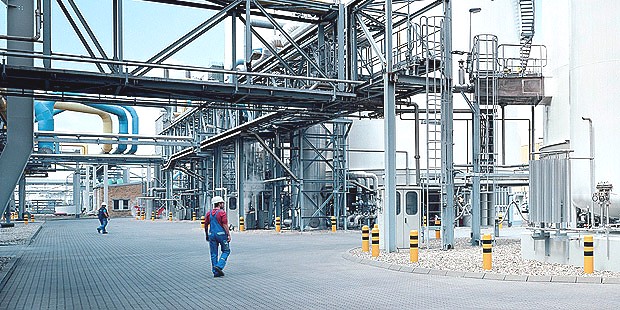The main natural resources in Tanzania are land, rivers, lakes, the ocean, and forests/woodlands. Natural resources are used for crops cultivation, grazing (for livestock), wildlife, wood (as an energy source and for building materials), fishing and minerals' mining.
Land tenure
The main forms of Land Tenure in Tanzania today are: Right of Occupancy - a title to the use and occupation of land; Customary or Traditional Land Tenure; and Communal Land Tenure. In practice, most agricultural land is held under either customary or communal systems and most of agricultural land is not surveyed. Few users have documents showing their legal rights and duties or even boundaries.
Discovery of other natural resources
Apart from wealth in agriculture, forestry and wildlife land, Tanzania is also very rich in minerals such as gold, diamond, iron, coal, nickel, tanzanite, uranium and natural gas. Recently natural offshore gas deposits have been discovered. The tribes in Tanzania can also weave, knit or sew well, as it is part of their cultural traditions.
Overview of the Mining Sector
Tanzania is among the countries having abundant mineral resources. The data base indicates that the minerals found in Tanzania are grouped into the following major categories
- Metallic Minerals, which include gold, iron ore, nickel, copper, cobalt and silver.
- Gemstones, which include diamonds, tanzanite, ruby, garnets, pearl etc.
- Industrial Minerals, which include limestone, soda ash, gypsum, salt and phosphates;
- Energy source Minerals, such as coal and uranium; and.
- Construction minerals, such as aggregates, gravel, sand and dimension stones.
Tanzania has a great potential particularly for gold, base metals, diamonds, ferrous minerals and a wide variety of gemstones, including the world renowned Tanzanite (blue zoisite) occurring in the Proterozoic metamorphic rocks of the Usagaran and Ubendian Systems.
Other gemstones mined in the country include ruby, rhodolite, sapphire, emerald, amethyst, chrysoprase, peridot and tormaline. Recently, a major alluvial occurrence was discovered in the southern region of Ruvuma, Mtwara and Lindi. Varieties include chrysoberyl, spinels, sapphire, garnets, zircons and diamonds.
Coal, uranium, and various industrial minerals such as soda, kaolin, tin, gypsum, phosphate and dimension stones are plentiful. Coal resources similar in quality to the Gondwana coals of southern Africa occur in the Ruhuhu and Songwe-Kiwira basins in Limestone and dolomite-good resources of high purity occur in the white marble deposit of the Morogoro Region. Potential for dimension stone and refractory grade limestone is therefore excellent.
A variety of clays - bentonite, kaolin and fullers earth - in size-able deposits have been identified and are only scantily exploited. The Pugu kaolin deposit located some 30 kms West of Dar es Salaam has a great potential for development.
Evaporates and saline deposits of economic significance are associated with the rift valley lakes. Investigations of the Soda ash deposits at Lake Natron revealed a potential recovery of over one million tonnes a year.
Graphite occurs in high-grade gneisses mainly in the Usagaran system. Sufficient reserves have been identified at Merelani, northern Tanzania, for a 40 year operation at a mining rate of 15,000 tonnes per year of high grade flake graphite of 97-98% purity.
Basemetals are found in a belt running from Kagera through Kigoma to Mbeya, Ruvuma and Mtwara regions: recent evaluations have so far outlined contained resources of 500,000 tonnes nickel, 75,000 tonnes copper and 45,000 tonnes cobalt.
Gold and diamonds have always been the mainstay of the country's mineral production. In fact Tanzania has been a significant diamond producer for several decades, with the bulk of production coming from the Mwadui area where commercial production began in 1925. But gold is the resource currently offering one of the best areas for investment.
The current perceived opportunities range from former mines in the Archaean Greenstone belts around Lake Victoria, Proterozoic rocks and conceptual grass root plays in Karoo and younger rocks. Investigation has mainly been focused on the greenstone belts around Lake Victoria with particular attention on the shear hosted gold mineralization associated with banded iron formations (BIF), tufts and volcano-sedimentary exhalatives. Several "world class" gold deposits have already been discovered in the Lake Victoria Goldfields and are at different stages of development. These deposits have reached various stages of development.








